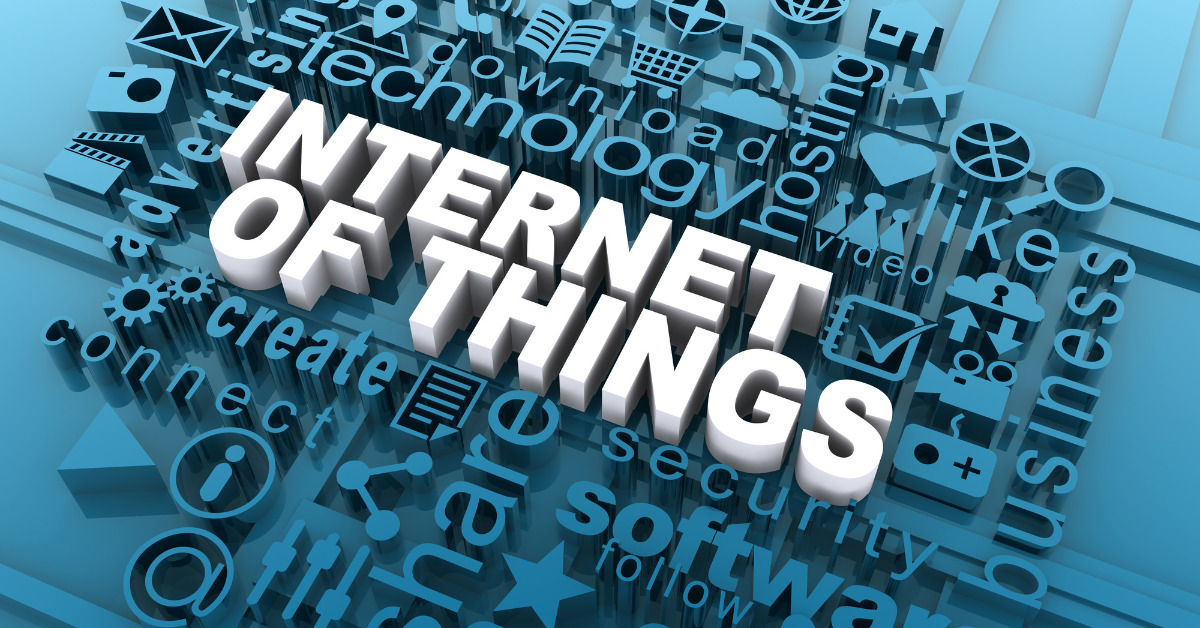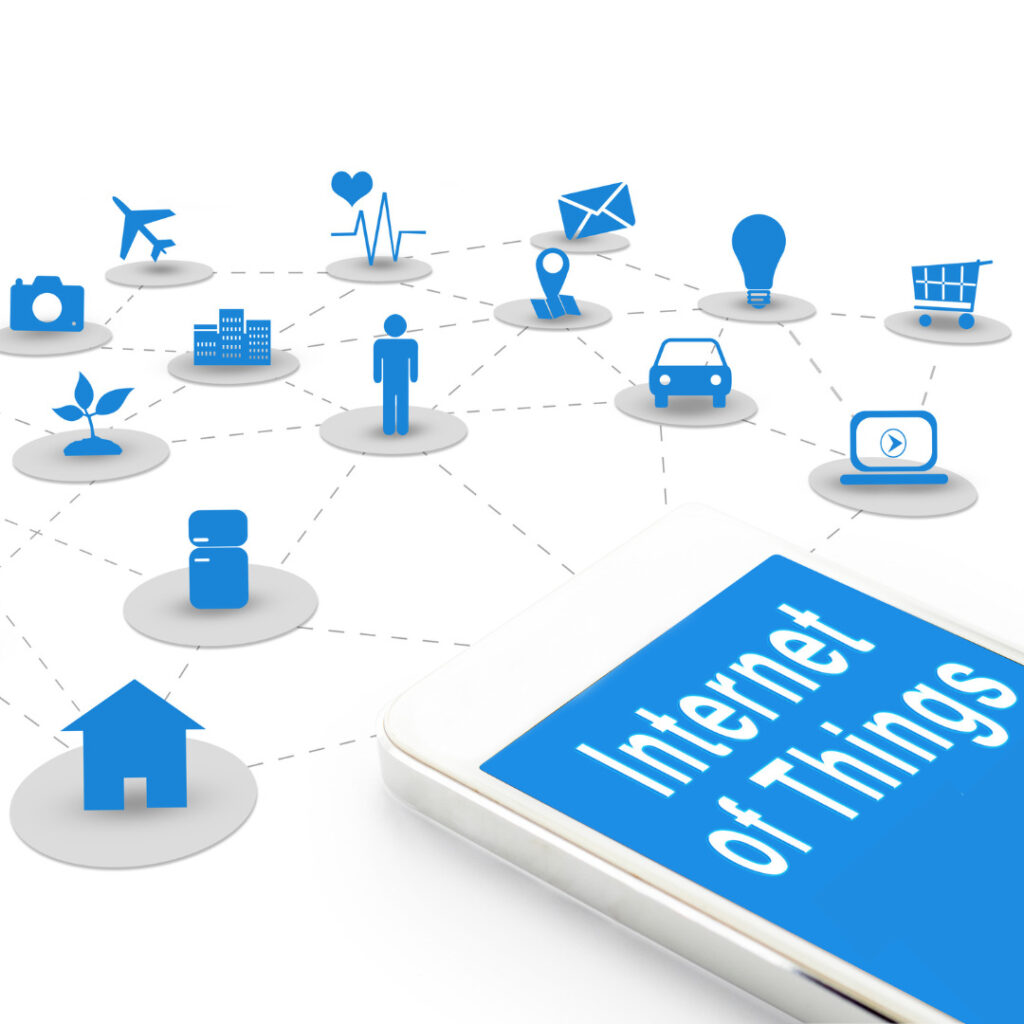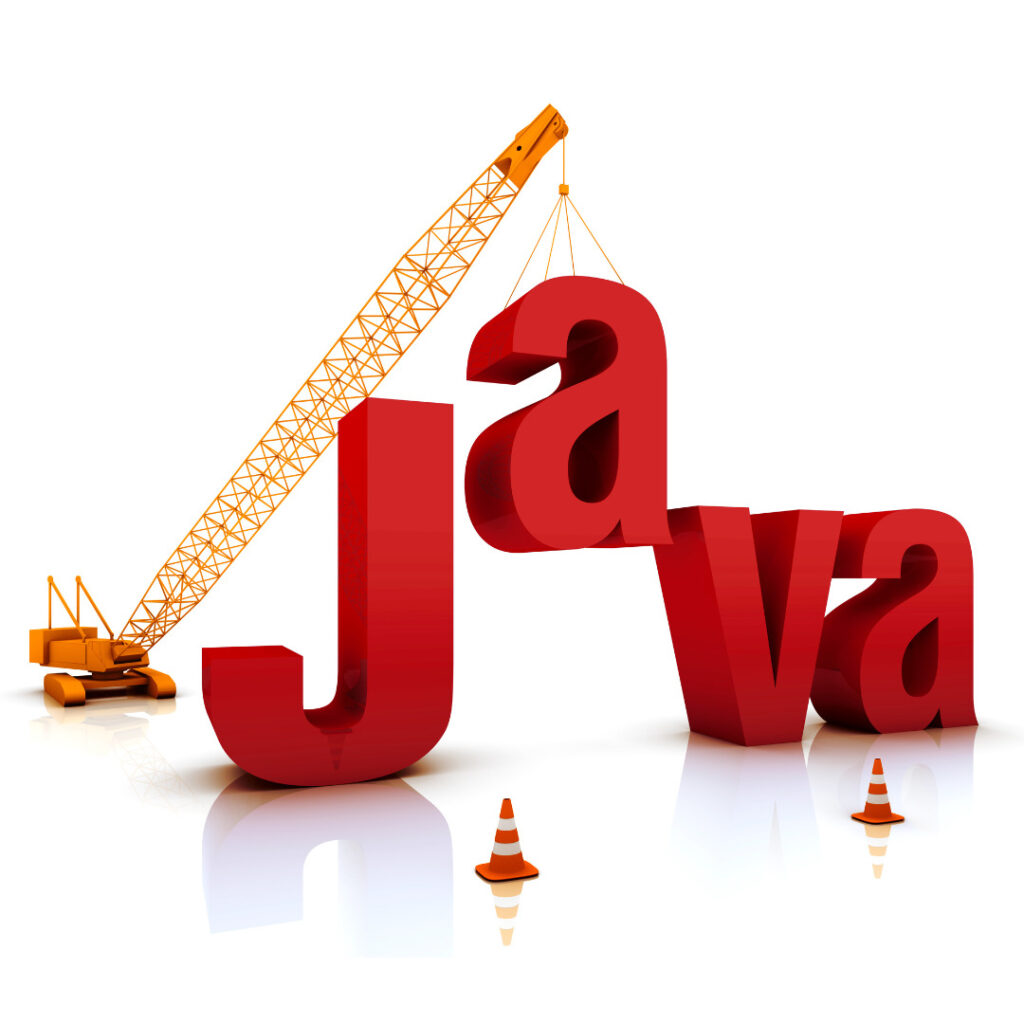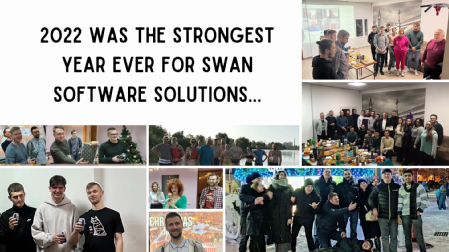Java and the Internet of Things
The Internet of Things (IoT) concept has existed for a long time along with Big Data, AI, and other popular and rapidly developing industries. In recent years, IoT made inroads into our daily lives, and the number of developments in this area constantly grows. People can notice this trend reflected in the emergence of an […]
Industry Trends
Technologies

The Internet of Things (IoT) concept has existed for a long time along with Big Data, AI, and other popular and rapidly developing industries.
In recent years, IoT made inroads into our daily lives, and the number of developments in this area constantly grows. People can notice this trend reflected in the emergence of an increasing number of new vacancies for IoT developers. Most IoT coders use Java as their main programming language in this niche. This is not surprising, but more on that later. In terms of popularity in the IoT programming environment, Java leaves other languages such as C, Python, and C++ far behind.
What is IoT?
The Internet of Things is the concept in which everyday appliances and consumer electronics–from a washing machine to a kettle–are computerized and connected to the Internet. This opens up many new possibilities. In particular, IoT devices allow one to collect and analyze huge amounts of new data and adapt device operation for each user.

The IoT concept is being actively implemented, along with a number of related technologies such as home automation, video analytics, and artificial intelligence. In the medical field, the IoT niche is gaining popularity such as the introduction of innovative devices that can track the condition of patients located in remote areas.
The peculiarity of the Internet of Things is that each device or data collection sensor must be equipped with an embedded application in order to implement all this functionality, which is the basis of the IoT concept. And to create such embedded applications, programmers prefer to use Java.
The Creation of Java
In fact, Java was originally created for exactly this purpose. So it’s no surprise that it is so well suited for building IoT applications. In the early nineties (the development of the language began in 1990, and the first version was released in 1996), Java emerged as a language for writing applications for PDA (personal digital assistant) devices, the ancestors of modern smartphones. Over the next decade or so, Java gradually evolved into a more versatile platform. It proved to be a great language for building applications that run on many of today’s mobile devices.

Applications written in Java tend to be very light on resources, which is one reason why Java and IoT are such a great couple. The devices of the 1990s and early 20002 had limited amounts of RAM-memory and little computing power. Many times smaller than today.
Java was created specifically for use in this resource-intensive environment that requires functional applications with minimal processing power. This feature is a part of Java to this day. It allows Java applications for IoT to have very modest requests and manage with minimal computer resources and memory.
Data and Security
IoT is not only consumer electronics. The Internet of Things covers almost all areas of business. That is why it is important for developers to understand how companies can use IoT devices to collect data and analyze it. Data types, depending on the type of device and its sensors, can be very different, from geolocation to heart rate to food preferences.

Collection of IoT data is definitely one of the important trends that is just starting to gain momentum. Therefore, it is important for developers to understand how the processes responsible for receiving, processing, and storing this data, as well as their subsequent use, work. Programmers are developing special systems to collect and analyze data. These systems will be quite difficult to understand without at least basic knowledge in business intelligence.
Security in the IoT sphere is not a new trend, but it’s gaining importance. Since IoT devices connect to the Internet and also form a single network with other devices, their security becomes a problem. Security is one of the main obstacles to the mass distribution of the Internet of Things, because IoT devices often have access to a lot of data about the daily life of users.
The Internet of Things is a rapidly growing area in which it will be quite easy for a qualified Java developer to find a place for himself. As it’s still a relatively underdeveloped niche, IoT opens up a wide field for self-realization.
If you need a custom application in Java or another programming language to help your company, contact us to see how we can help.




